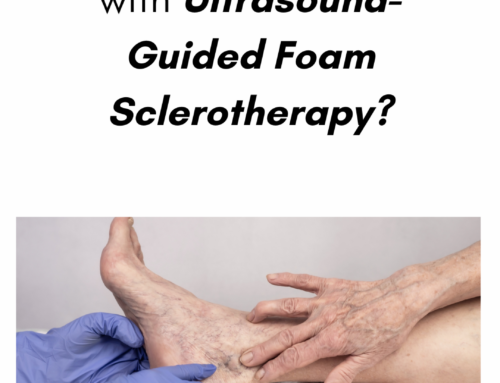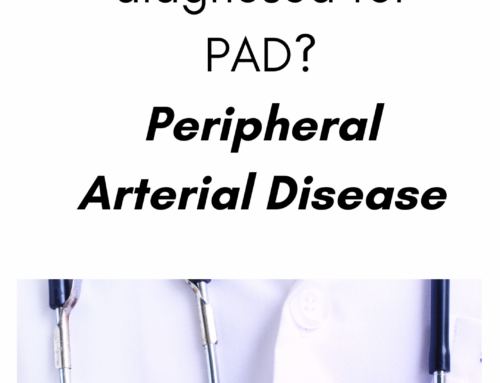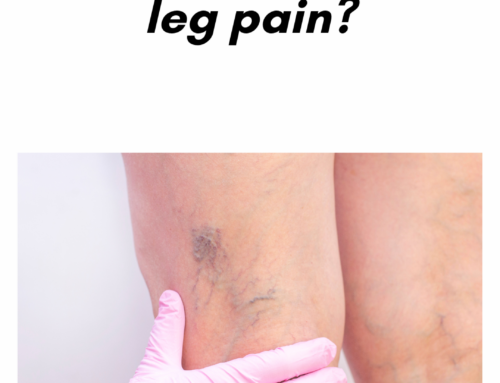Search:

Complications of Untreated Varicose Veins and Venous Insufficiency: Swelling of the Ankles/legs
Leg swelling (swelling is also known as edema), is a common complaint related to varicose veins and underlying venous insufficiency. Leg swelling can be present simply from underlying venous insufficiency without visible signs of varicose veins or spider veins. As a result, a venous insufficiency study by duplex ultrasound scanning is part of the recommended work-up.
The Duplex Ultrasound involves using high frequency sound waves to look at the speed of blood flow, and structure of the blood vessels. The term “duplex” refers to the fact that two modes of ultrasound are used, Doppler and B-mode. The B-mode transducer obtains an image of the vessel being studied. The Doppler probe within the transducer evaluates the velocity and direction of blood flow in the vessel.
This usually usually affects the ankles. Most people with vein-related experience progressive swelling throughout the day, that is worse at night time and improved in the morning (they usually wake up with normal appearing legs in the morning but by night-time, shoes may feel tight.) Vein-related swelling is worse at the end of the day, with prolonged standing, sitting or with air travel, heat and menstruation. The degree of swelling varies from one person to another.
It is a common symptom of varicose veins and venous insufficiency. The legs often feel heavy. It is common to notice sock lines around the ankles by the end of the day.
Compression stockings and leg elevation will help reduce swelling. If the swelling can be attributed to the varicose veins or venous insufficiency, correction of the underlying vein problem will reduce swelling.
For more information check out our website resources and to book a consultation, please give our office a call at 858-550-0330.
For more information please check out our Youtube Channel at this link.





